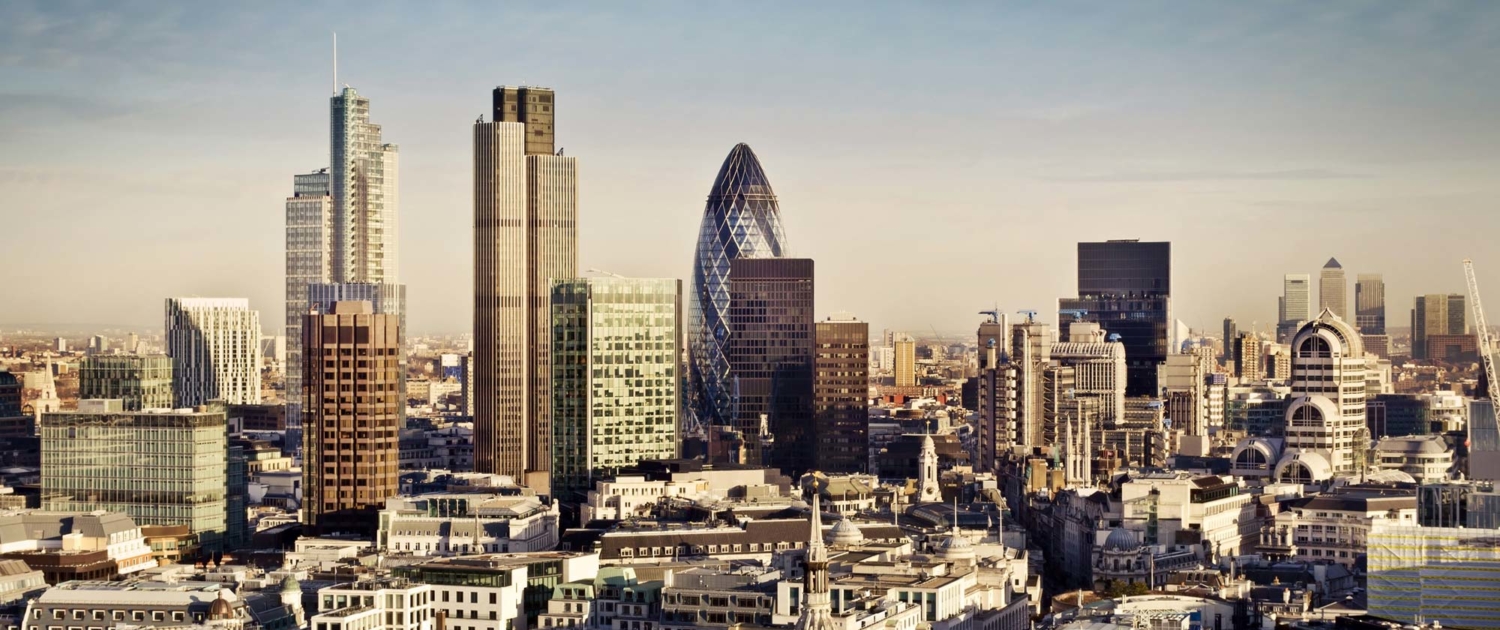Matt Fleming – Stamp Duty reaction
As the dust settles on the Autumn Statement, reforms to the Stamp Duty Land Tax system continue to generate mixed responses. Although 98 per cent of homebuyers stand to save, fears that prices will rise as a consequence have contributed to some of the more negative headlines. The reality is, restructuring the stamp duty land tax will create fairer market conditions. The rationalisation of the system is long overdue and it will resolve the issue of unsellable price bands. There are of course winners and losers under the new regime and a glance at the chart below shows exactly who stands to gain most as a percentage of the purchase price.
Buyers stand to save as much as £4,000 at price points between £250,000 and £500,000. Injecting movement into the middle of the market will have a knock-on effect on first-time buyers, both in terms of confidence and the volume of transactions. An increase in transaction volumes should reduce the chance of values being artificially inflated, buyers and sellers will see their properties’ values rise and fall organically in line with market conditions. For house-builders the announcement came at a critical moment. The introduction of Funding for Lending in 2012 and Help to Buy in 2013 brought many new buyers to the market, releasing the pent up demand that had been building since the financial crisis but this had started to dissipate. Talk of interest rate rises followed, along with the Mortgage Market Review, which had a natural slowing down effect on the market. Developers began reporting a ‘return to seasonal market conditions’, corroborated by falling asking prices in London and the South East. Lower stamp duty charges will prove invaluable to the house-builders, especially when combined with Help to Buy. Second and third-steppers stand to gain just as much as first-time buyers and this wasn’t lost on the stock exchange. Share prices in the volume builders jumped within hours of George Osborne’s speech. For the two per cent of buyers who will now pay more, the outlook is somewhat less rosy but this is precisely where intervention was needed. The prime London market will undoubtedly see accelerated cooling in the aftermath of Wednesday’s (3/12) widely reported panic buying. Pressure will mount at the top of the market with additional duty to pay on properties priced at £1m plus and higher SDLT and taxes on overseas buyers will exacerbate this. Restructuring the stamp duty system appears to have addressed the need for the government to exercise control over the top end of the market, while injecting some energy into the low to mid-range price brackets. With a General Election on the horizon, the current surge in confidence among house-buyers will ease temporarily but growth should remain steady. In December 2013 I predicted prices would rise by 8.5 per cent to 10 per cent in 2014. I’m still confident this will be borne out. My predictions for 2015 will be considerably more modest – probably around 3.5%, most of which will materialise after the election. But the SDLT reforms will help to ensure that there will be growth.




